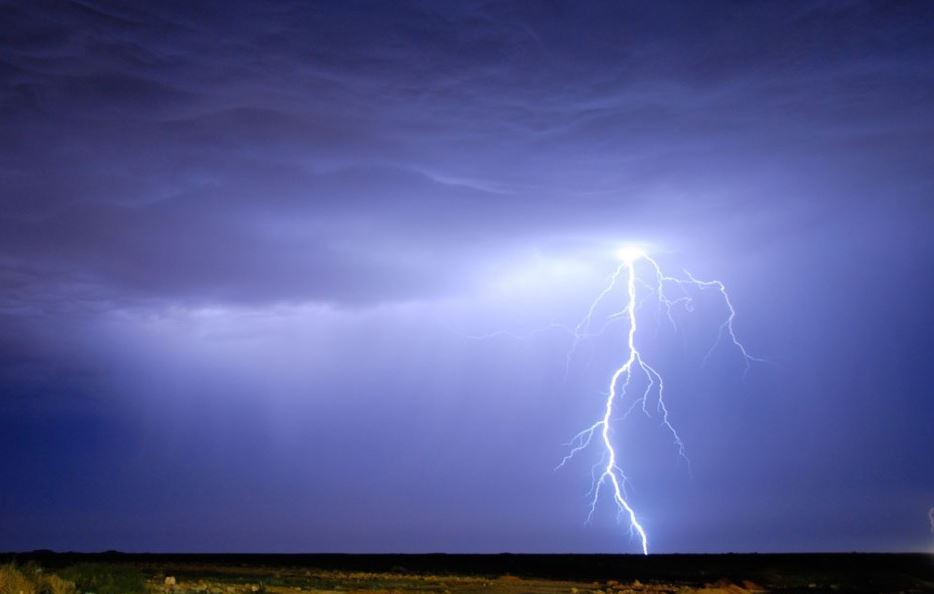Lightning Strike Detection
Lightning Strike Detection is the infrared scanning of large trees in suspected lightning strike areas to detect extremely high temperatures in trees, indicating lightning strike. Such identified trees are geo tagged and crews are called in to fell the tree before it burns from the inside out, causing it to explode.
When a thunderstorm rolls though an area, thunder and photographic opportunities usually result. Large trees however, can bear silent but deadly witness to lightning strikes.
If a large tree is struck by lightning, it won’t explode, or outwardly burn. Instead, the current travels down the inside of the tree – presumably through high density sap routes, before discharging into the Earth. This action super-heats the inside of the tree to a temperature that support spontaneous combustion if oxygen were present. With the expanding liquid and material now placing extreme outward pressure on the trunk, the tree may explode – resulting in an instant fire.
This activity can happen well after the thunderstorm has left the area, the timing of which varies with the size of the tree and the intensity of the lightning strike.
To combat this, crews will often overfly an area with an infra-red camera, looking for trees that are unusually hot when compared to their surroundings. Once a tree is identified, it undergoes a controlled felling to provide a more gradual cooling and prevent explosion.
As with most UAV operations, the lack of ferrying costs mean this type of operation can be carried out just as quickly, with lower costs, whilst being quieter for any residents in the area.
Travelling Australia wide, Skyline UAV can come to you and achieve your goals quickly and easily.
